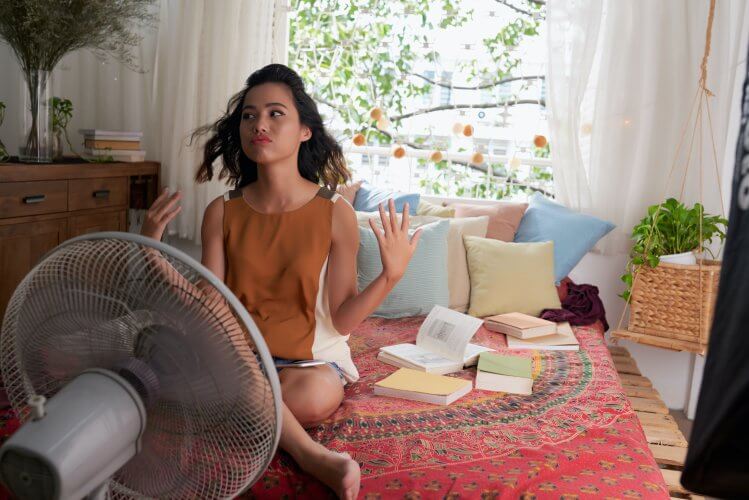
When summer hits, you’ll likely be looking to cool off. However, as temperatures rise, so does the cost of your energy bill. In fact, air conditioners use about 6% of all the electricity produced in the United States, at an annual cost of about $29 billion to homeowners, according to the Office of Energy Efficiency & Renewable Energy. That’s why we’ve compiled a list of the best ways to save money on your bills while staying cool this summer!
Service Your Air Conditioner
Heating, ventilation, and air conditioning (HVAC) systems have several components that work in tandem, and like most equipment, it requires periodic maintenance. Regular maintenance can help you save a lot, especially when it comes to HVAC systems because they have a lot more runtime than your average building system. In fact, a properly maintained HVAC system can last well over a decade without any need to replace major components, saving even more over time.
You can do a free of these tasks yourself, like cleaning debris and areas around the unit, air conditioner fins (the aluminum fins on evaporator and condenser coils) inside and out, the condenser fan, the evaporator drain, and of course changing the filter.
Other aspects of fixing up your HVAC system should be done by a professional. Annual maintenance of an air conditioner is recommended and can eliminate a lot of problems. If you have to replace your air conditioner, switching to high-efficiency air conditioners and taking other actions to keep your home cool could reduce energy use for air conditioning by 20 to 50 percent.
Be Smart About Your Thermostat
Most modern thermostats allow users to set timers for different temperatures. This lets you save energy when no one is home while lowering temperatures around the time you’re heading home and then again at night for comfortable sleeping. Programming your thermostat could help you save up to 10 percent on heating and cooling costs a year.
You also want to make sure your thermostat is placed in the right area of your home. According to the Department of Energy, it should be on an interior wall away from direct sunlight, drafts, doorways, skylights, and windows. Make sure not to place furniture or curtains where they would block air conditioner (AC) vents.
Install and/or Use Ceiling Fans
According to the Office of Energy Efficiency & Renewable Energy, ventilation is the least expensive and most energy-efficient way to cool buildings. One of the easiest ways to help with ventilation is using fans that circulate air within your home. Fans can improve your comfort level and use relatively little electricity. In fact, if you use air conditioning, a ceiling fan will allow you to raise the thermostat setting about 4°F with no reduction in comfort.
Prevent and Remove Hot Air
A major part of ventilation is preventing and removing heated air in your home. With less hot air in your home, your AC will need to run less frequently, ultimately saving you money.
Preventing Heat
Blocking sunlight from directly heating your home can be done with some strategic landscaping to create shade. If you need to replace your roof, using a light-colored material will help to reflect heat. You will also need to Insulate your house to at least the recommended levels to help keep out the heat.
Shades, blinds, and curtains can make a difference as well. They will not only help block out direct sunlight but also radiated heat from the outdoors. Insulated shades will reduce the conduction of heat into your home through your windows. Insulating and sealing ducts is also vital to preventing hot air from entering your home. In fact, air loss through ducts accounts for about 30 percent of a cooling system’s energy consumption.
There are also certain activities that you may want to refrain from when temperatures are especially high. Running computers, ovens, and dishwashers can create concentrated heat in the areas near the appliances. If you must use these devices, be sure to keep doors open to allow for air circulation.
Removing Hot Air
Spot ventilation allows for heat to be pumped out of your home. These are fans or vents usually found in bathrooms or laundry rooms. Dryers should also be vented to the outside.
For larger homes, a whole house fan provides excellent ventilation to achieve lower indoor temperatures. For homes with ducts, an alternative approach uses those ducts to supply ventilation air throughout the home.
You can also try the old-fashioned way — opening your doors and windows to allow a natural breeze to blow through your home. No matter how you choose to stay cool – give us a call today at 800-777-5620 to discuss your renters or homeowners insurance needs, and get a free quote from Freeway Insurance.



